The term "vintage" means different things to different people, but when you hear it in the music-making world it most often refers to the types of Golden Age guitars, analog synths, and recording gear that sprung to life in the middle of the 20th century.
While this definition is useful to connote value and aged mojo, it hasn't really kept up with time itself. Soon enough, those instruments will be antiques, which, unlike "vintage," does have a strict definition: any item 100 years of age or older.
On Reverb, we generally refer to anything made prior to 1980 as being vintage, but even that delineation, like an old photograph, is starting to yellow and curl around its edges.
Indeed, anything around 30 years or older can be considered vintage, so we thought it would be fun to look at the gear turning 30 this year.
What started as a fun exercise has been an enlightening adventure through the gear world of the early '90s, when digital recording was still on the come-up and the music-making landscape was shifting uneasily between eras.
Digidesign Pro Tools
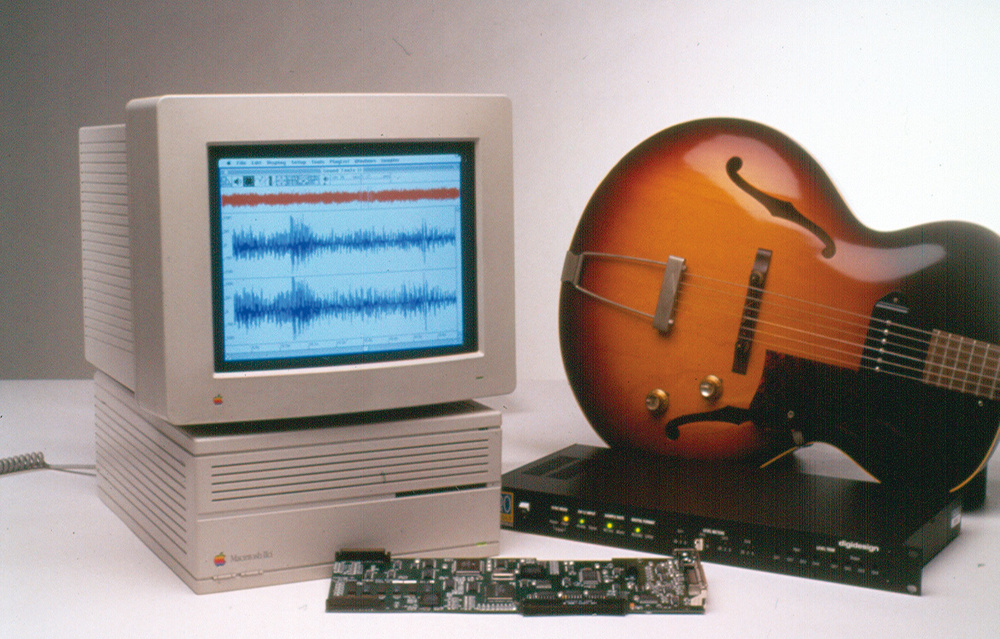
Yes, that's right. The DAW whose name would become shorthand for the new era of recording is now vintage, having made its official debut in 1991.
A few years before, Digidesign had created Sound Tools, a stereo audio recording software that allowed users to record two tracks of audio onto an Apple Macintosh hard drive. While that was impressive enough for its time, Pro Tools was the company's next-level option, allowing multitrack recording and playback of four channels through one of a Mac II's NuBus expansion slots. Soon, additional sound cards were available for purchase that could grow the system—four channels at a time—for a total of 16 available tracks.
Pro Tools was not the first direct-to-hard-drive multi-track recorder, but because it used a consumer computer brand, it was the most affordable option. Thanks to the price and key updates in the following years, Pro Tools managed to attract and grow a loyal user base, and of course would become dominant in the industry over time.
The first fully in-the-box hit—Ricky Martin's "Livin' La Vida Loca"—wouldn't arrive until 1999, and by then Pro Tools' track counts and capabilities had grown significantly. But in 1991, the tides were beginning to shift.
What's funny, looking back at that first "affordable" system, is that it cost well over $10,000 USD (in 1990s' money): Pro Tools' essential software and hardware components cost about $6,000, additional accelerator cards and audio interfaces were several-thousand dollars apiece, and a Mac II itself would set you back more than $5,000.
Alesis ADAT
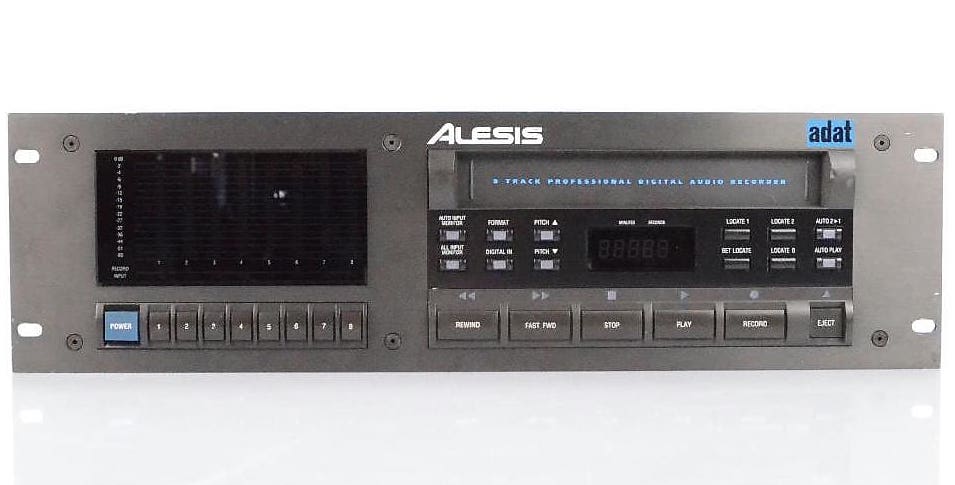
With such limitations of computer-based recording, one can see why other digital recording options were still the norm in the early '90s.
Throughout the previous decade, innovative (and very expensive) digital recorders—like Mitsubishi's X-80 and X-800 or Sony's 24-track PCM-3324—could be found in digitally minded professional studios, mobile recording trucks, and personal sound lairs of stars like Stevie Wonder and Frank Zappa.
Instead of recording to a hard drive, these machines recorded onto specially designed digital reel-to-reel tapes. But while they offered high track counts and flexibility, they did so at great cost. The X-80 was the entry-level recorder at about $25,000, while Sony's PCM-3324 cost $150,000.
Within that landscape, Alesis announced its Alesis Digital Audio Tape (ADAT) digital multi-track recorder at NAMM in January 1991. By encoding digital audio onto consumer-level S-VHS video cassettes, the ADAT machine offered home recordists and project studios a foot into the high-track-count future.
ADAT recorders could fit eight audio tracks onto one S-VHS tape (not to be confused with the era's DAT recorders, which used smaller digital cassettes). But by connecting multiple ADAT units together, it was possible to build 16-track, 24-track, or larger recording rigs.
Even though ADAT recorders debuted at $3,995 apiece, when compared to six-figure alternatives, they were a democratizing phenomenon. And if you want to try your hand at some retro ADAT recording today, they'll only cost you about a hundred bucks on the vintage market.
Akai MPC60II
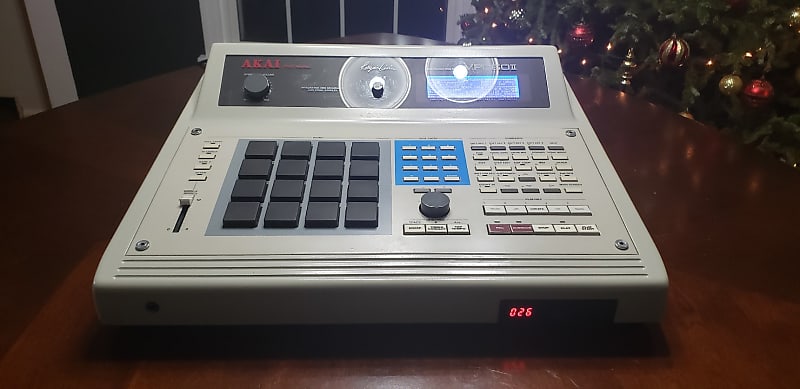
Roger Linn and Akai's very first MPC, the MPC60, was released in 1988, just a few years after Linn's own company (which made the LM-1, LM-2 LinnDrum, and Linn9000) went under.
You need only look at those previous drum machines to realize what a gamechanger the MPC was, not just in sonics or function, but in instrument design. The wide array of 16-pad controllers and portable, all-in-one beatmaking workstations available today still hew closely to the MPC's layout. The LinnDrum's slim, clacking rows of calculator-like buttons? Not so much.
The MPC60II, released in 1991, was mostly the same instrument internally with some cosmetic and layout adjustments, the first next iteration of a design that's been remade in numerous ways ever since—whether by Akai and Linn, Akai without Linn, or any number of imitative companies.
In the same way the Stratocaster's design lives on in innumerable new guitars each year, the MPC's does as well. And just like those earliest Strats, the earliest MPCs are now vintage instruments too.
Roland JD-800
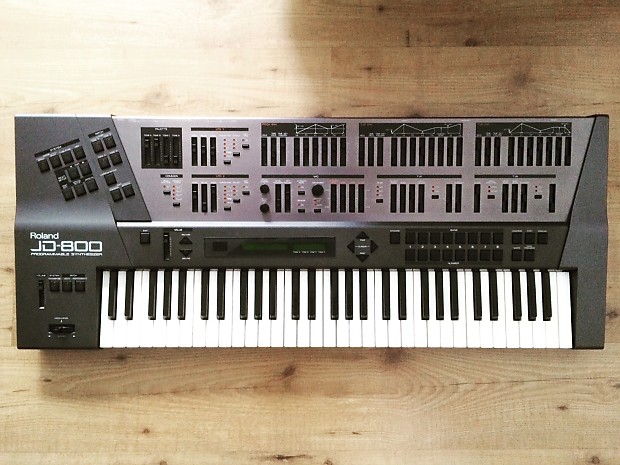
For as much as electronic musicians lean into futurism, there's also a fair amount of nostalgia, as evidenced by the current market for reissued analog classics, soft-synth emulations of the same, and even, in a way, the spread of Eurorack itself, with its reclamation of self-made patches and hands-on experimentation.
The Roland JD-800 can't be confused for analog. It's a digital space station whose sounds and power have endured, keeping up its prices on the used market even as trends have shifted in myriad directions.
But what stands out is that—upon its release in 1991—part of its appeal was that it gave users a more analog-style of control over its sounds, inviting them to ditch the presets of other keyboards like the D-50 or Yamaha's DX7 and get back to sound design. As scanned and shared in the mu:zines online archive, Julian Colbeck's 1991 review in Sound on Sound captured the allure:
When I first started reviewing synths back in the late '70s I remember chortling away with my fellow scribes about the differences in perception of their instruments between guitarists and keyboard players. "Imagine anyone getting all misty-eyed about a MiniMoog or a Jupiter 8!" we'd laugh. Of course, that is precisely what happened. Now, as we all stare obliquely at our monitors or, in a rare moment of tweaking, prod thoughtfully at our instruments' Inc/Dec buttons, the older ones amongst us do spare kindly thoughts for the old days when records were made by musicians, and control panels of synthesizers came smothered in exciting-looking sliders, knobs and switches.
That gibe about "when records were made by musicians" is now pretty dated too, but the passage still reflects what set the JD-800 apart. Because it "cried out to be programmed," the JD-800 harkened back to a previous time of vintage synth design. And now, with time continuing apace, we are misty-eyed about the JD-800.
Ernie Ball Music Man EVH Signature
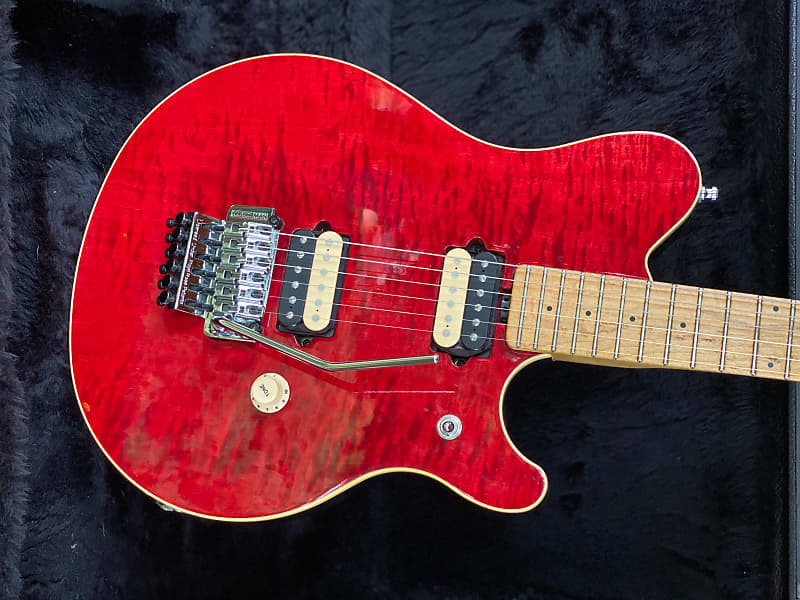
Eddie Van Halen's Wolfgang is one of the world's most recognizable signature guitars, and it has more than a few interesting twists and turns to its backstory.
For starters, it ended up being made by three different brands, which we've covered before in our "Wolfgang Saga." But it also began its life without a name, going simply by "Eddie Van Halen Signature," which was unofficially shortened to EVH, before it adopted the "Wolfgang" moniker.
First released in 1991 by Ernie Ball Music Man, Eddie's high-performance signature was the result of close collaboration. As he said in an ad at the time, "I endorsed the guitar I used to play. I designed this one... Big difference."
For as striking as the final look of the guitar turned out, it was built with a clear mandate: few frills, no unnecessary features, and one well-placed joke. The single knob, a volume knob, is mislabeled "Tone."
It was a new era of playing for Eddie. The Sammy Hagar–helmed Van Halen had an unexpected hit in the form of "Right Now," which won Video of the Year at the 1992 MTV Video Music Awards. Eddie's relationship with Ernie Ball Music Man didn't last long. They continued the model as the Axis, while Peavey got to work on the new Wolfgang, with that enduring name attached.
Jerry Jones Danelectros
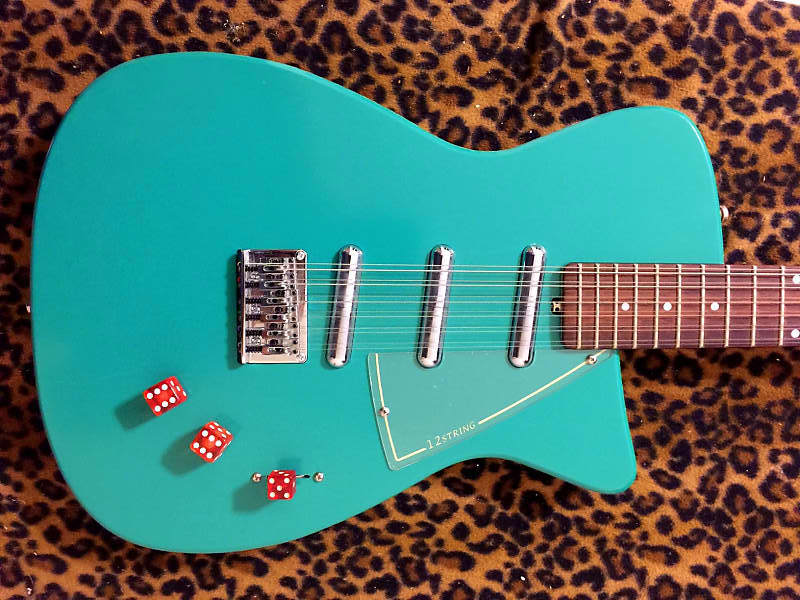
One last interesting fold when thinking of vintage gear and the early 1990s is that the vintage guitar market then just wasn't what it is today.
Sure, you had aficionados of '50s and '60s Teles and Les Pauls, but it was still a time that bands like Sonic Youth or Nirvana could find also-ran Fenders—'60s Jazzmasters, Jaguars, and Mustangs—in pawn shops. Of course, we don't consider those offsets also-rans today, and if by some wild chance you found one for a few hundred dollars, you might as well have found a pot of gold.
So back in the late '80s and early '90s, when Jerry Jones started to build guitars based off of classic Danelectro designs, it was seen as a novelty. Writing from the 1991 Winter NAMM show, the Los Angeles Times' Jim Washburn said that there were so many "state-of-the-art" superstrats "that they were nearly impossible to tell apart."
By contrast, Jones explained the appeal of his guitars to Washburn:
"I think it’s because, despite the great number of companies making instruments, there aren’t that many different types to choose from; everybody is making variations of the same things," Jones said, "I think this is a backlash, and a return to an earthier, more dimensional sound. And we’re basically selling fun. You can’t imagine the number of people who walk by and do a double take and smile ear to ear when they see these things."
Washburn dubbed it the "Silvertone-ization" of the market, a decidedly '60s bent beginning to catch on with players like Los Lobos, Leo Kottke, and Jimmie Vaughan. Today, such retro rebrands are just one of many vintage-styled corners of the new gear market. At more than 30 years later, perhaps we'll see a vintage turducken: Some new builder making clones of Jerry Jones' Danelectros.
Certainly there were more than six pieces of gear released in 1991, and plenty more would be worth including in this article: from Roland's first SPD to the many rack effects units still proliferating at the time. Have your own thoughts on the gear turning "vintage" this year? Let us know.
If you aren't aware of the mu:zines archive, which has scanned and made searchable issues of music gear magazines from the 1980s and '90s, check out the site and consider making a donation. The archives are an incredibly helpful and entertaining resource for gearheads.
